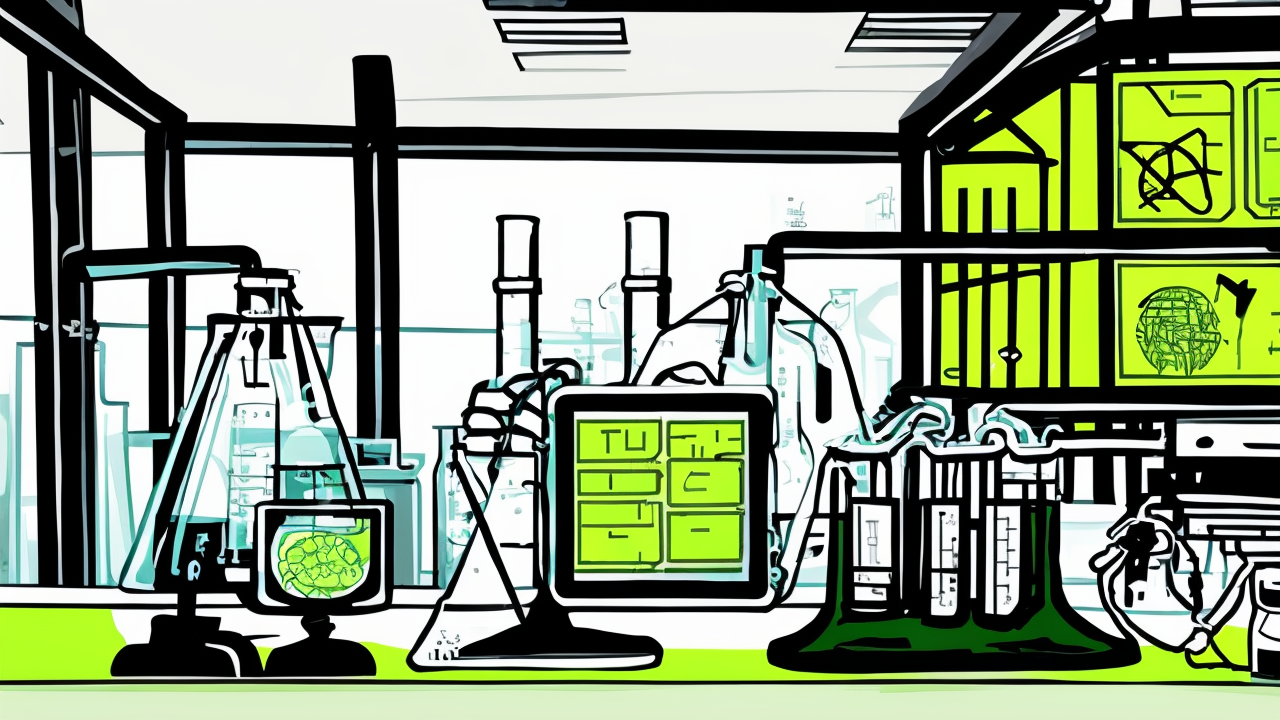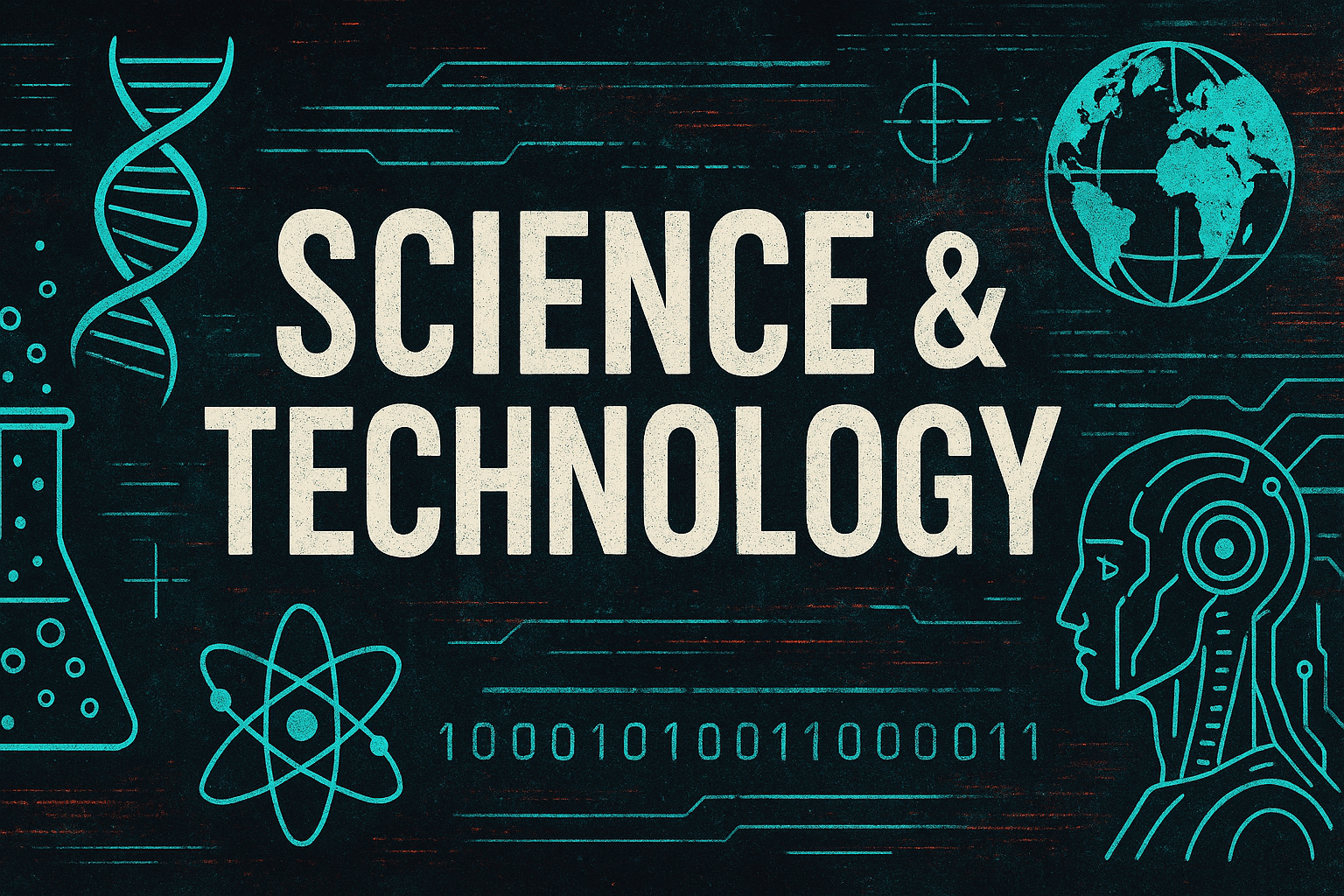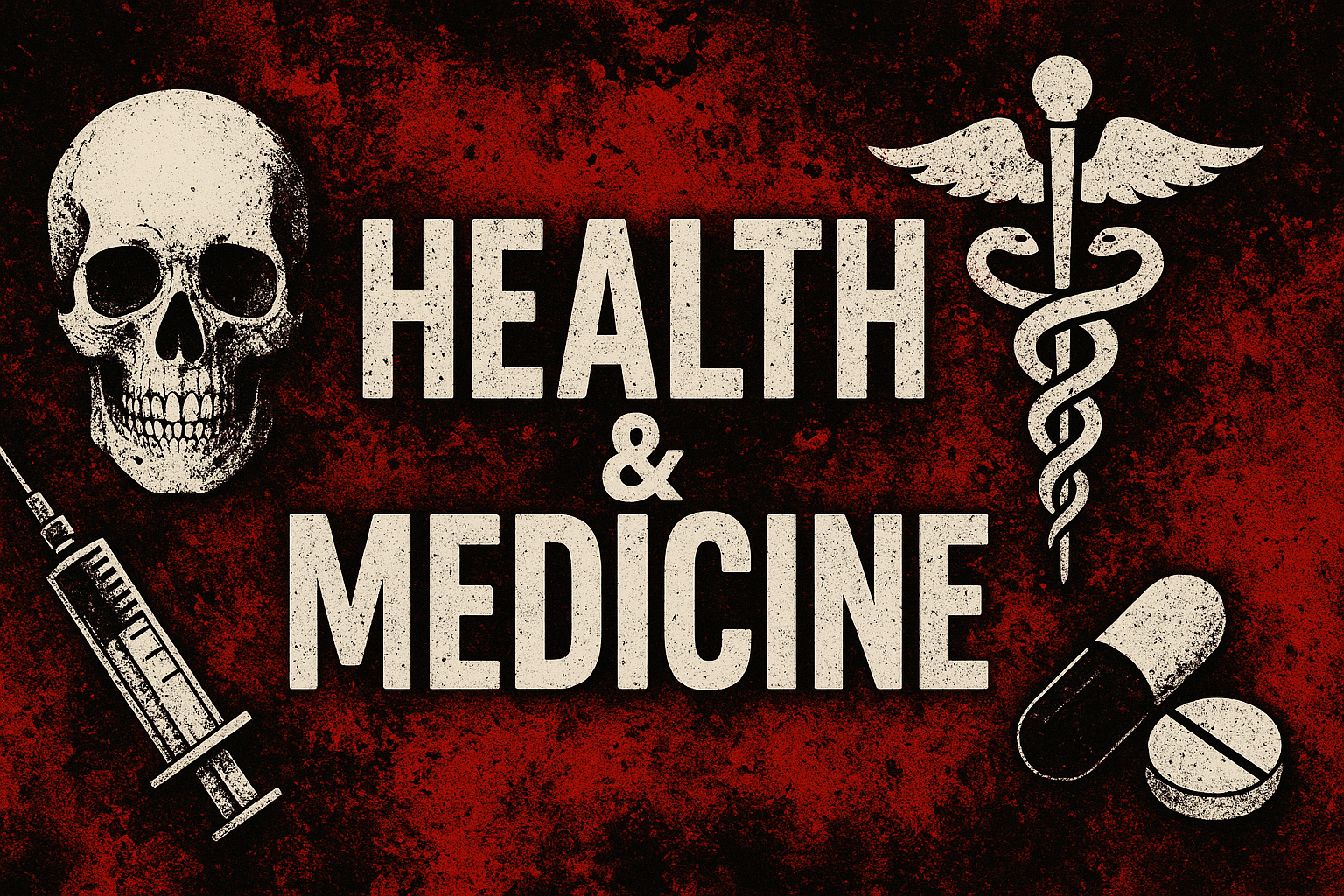Ohio Cuts Funding for Program Targeting Toxic Algal Blooms

An Ohio program aimed at reducing harmful algal blooms in Lake Erie has faced significant funding cuts in the recently approved state budget. The H2Ohio program, established in 2019 to improve water quality and combat toxic algae, saw its funding reduced by $100 million over two years, from $270 million to $165 million for fiscal years 2026 and 2027.
The decision comes despite a history of severe consequences from toxic algae in the region. In 2014, a bloom in Lake Erie contaminated Toledo's water supply, leaving over 400,000 residents without safe drinking water for nearly three days. This crisis spurred a coordinated effort by states and the federal government to address the issue.
While the National Oceanic and Atmospheric Administration (NOAA) predicts a "mild to moderate" bloom this summer, concerns remain that funding cuts and federal pullback could undermine progress. Republican Gov. Mike DeWine, who introduced H2Ohio, signed the budget into law despite seeking to maintain higher funding levels. Advocates warn that reduced investment could jeopardize efforts to protect water quality and public health in the Great Lakes region.
Published: 7/2/2025
















